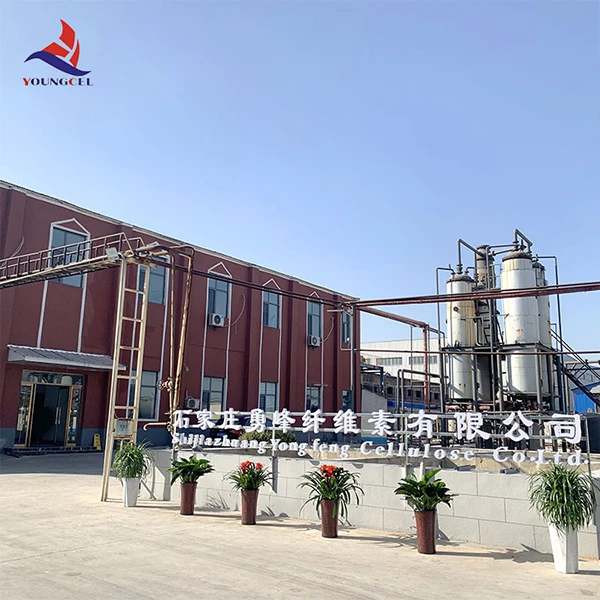The Role of HPMC in the Chemical Raw Material Industry
Hydroxypropyl Methylcellulose (HPMC) is a versatile chemical compound derived from cellulose, which is one of the most abundant organic polymers on Earth. HPMC is a non-ionic, water-soluble polymer that has gained significant attention in various industries due to its multifunctional properties. Its use as a chemical raw material is particularly prevalent in the construction, pharmaceutical, and food industries.
The Role of HPMC in the Chemical Raw Material Industry
In the pharmaceutical industry, HPMC is used as an excipient in tablets and capsules. Its gelling and film-forming properties make it ideal for controlled-release formulations, allowing for gradual release of active pharmaceutical ingredients (APIs) into the body. This controlled release is essential for optimizing therapeutic efficacy and minimizing side effects in drug delivery systems. HPMC is also a key ingredient in ophthalmic solutions, where it serves as a thickening agent to enhance viscosity and improve the retention time of eye drops on the eye surface.
chemic raw materi hpmc

The food industry also benefits from the unique properties of HPMC. It is widely used as a food additive for its thickening, emulsifying, and stabilizing capabilities. HPMC can improve the texture of various food products, making it a popular choice in gluten-free formulations and meat substitutes. Its ability to retain moisture helps in prolonging the shelf life of food products without compromising on quality. Furthermore, because HPMC is derived from cellulose, a plant-based source, it is considered safe for consumption, making it an attractive option for health-conscious consumers.
One of the remarkable features of HPMC is its compatibility with a wide range of materials, which makes it useful across different applications. For instance, in cosmetics and personal care products, HPMC is used as a thickener and film-forming agent, improving product texture and application properties. Its ability to provide a smooth feel and enhance stability in creams and lotions has led to its widespread adoption in the beauty industry.
As the demand for sustainable and eco-friendly materials grows, HPMC's natural origin and biodegradable properties position it as an environmentally responsible choice within the chemical raw materials market. Manufacturers and consumers alike are becoming increasingly aware of the environmental impacts of their choices, driving the shift towards renewable materials such as HPMC.
In conclusion, Hydroxypropyl Methylcellulose (HPMC) stands out as a critical chemical raw material due to its multifunctional characteristics and wide-ranging applications. From construction to pharmaceuticals and food products, HPMC enhances performance, improves quality, and contributes to sustainability. As industries continue to innovate and adapt, HPMC is likely to maintain its pivotal role in the chemical raw materials landscape, paving the way for new applications and developments in this dynamic sector.
-
A Comprehensive Guide to Methyl Ethyl Hydroxyethyl Cellulose: Applications and Industry InsightsNewsNov.24,2025
-
Understanding Methyl 2 Hydroxyethyl Cellulose: Uses, Benefits & Industry InsightsNewsNov.24,2025
-
Hydroxyethyl Methyl Cellulose HEMC: Industrial Uses, Benefits & Future TrendsNewsNov.23,2025
-
HEMC Cellulose: Versatile & Sustainable Industrial Polymer | YoungcelNewsNov.23,2025
-
Methyl Hydroxyethyl Cellulose: Versatile Building Block for Industry & SustainabilityNewsNov.23,2025
-
CAS 9032 42 2: Understanding Polyvinyl Alcohol's Impact on Industry & SustainabilityNewsNov.22,2025




